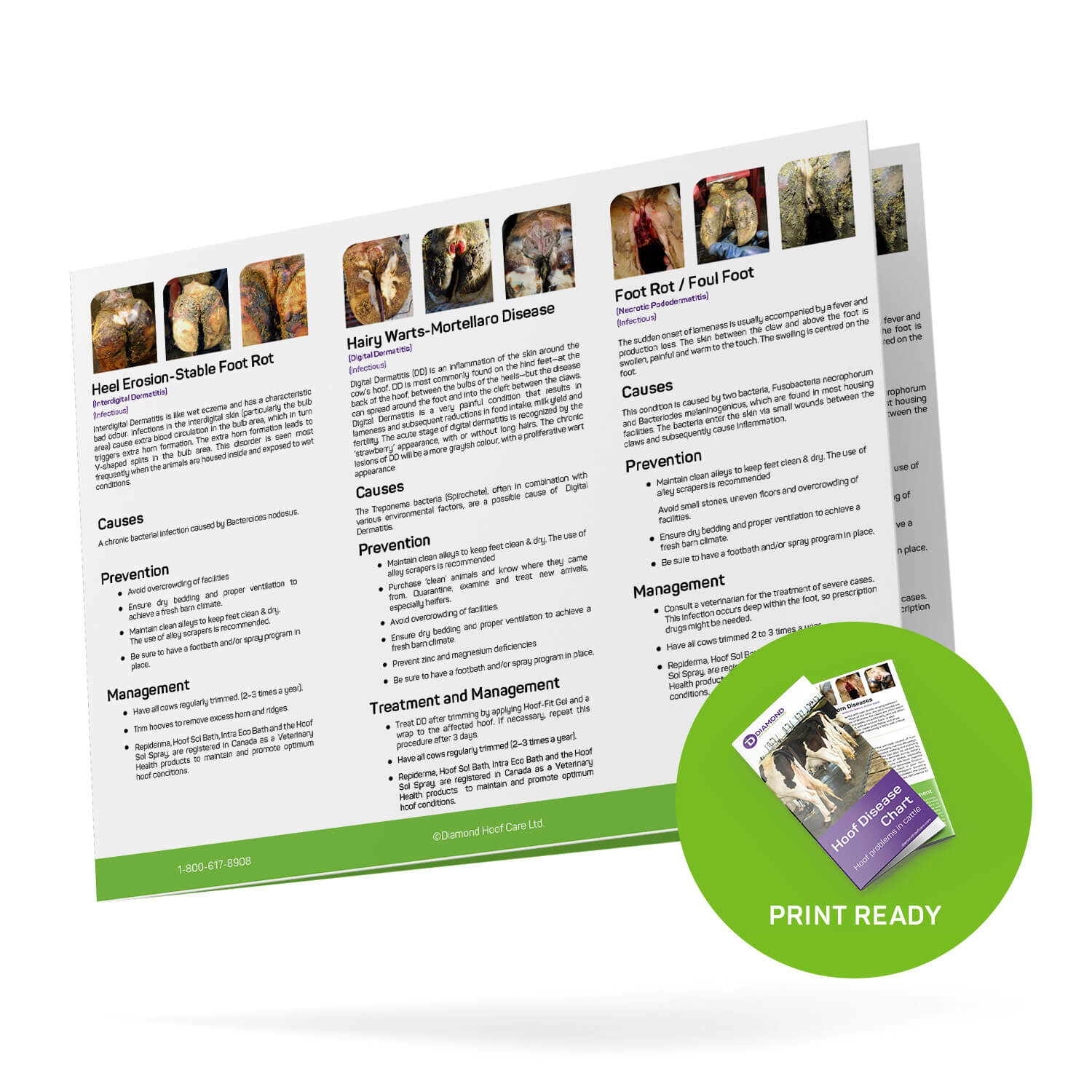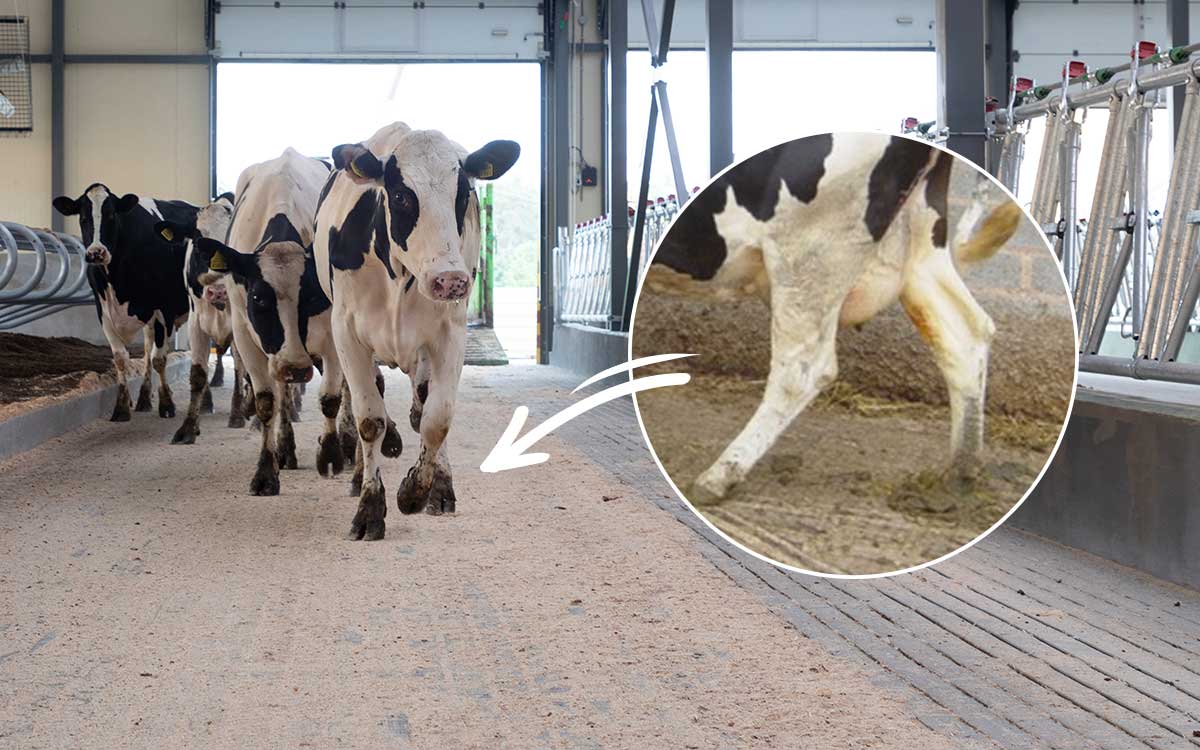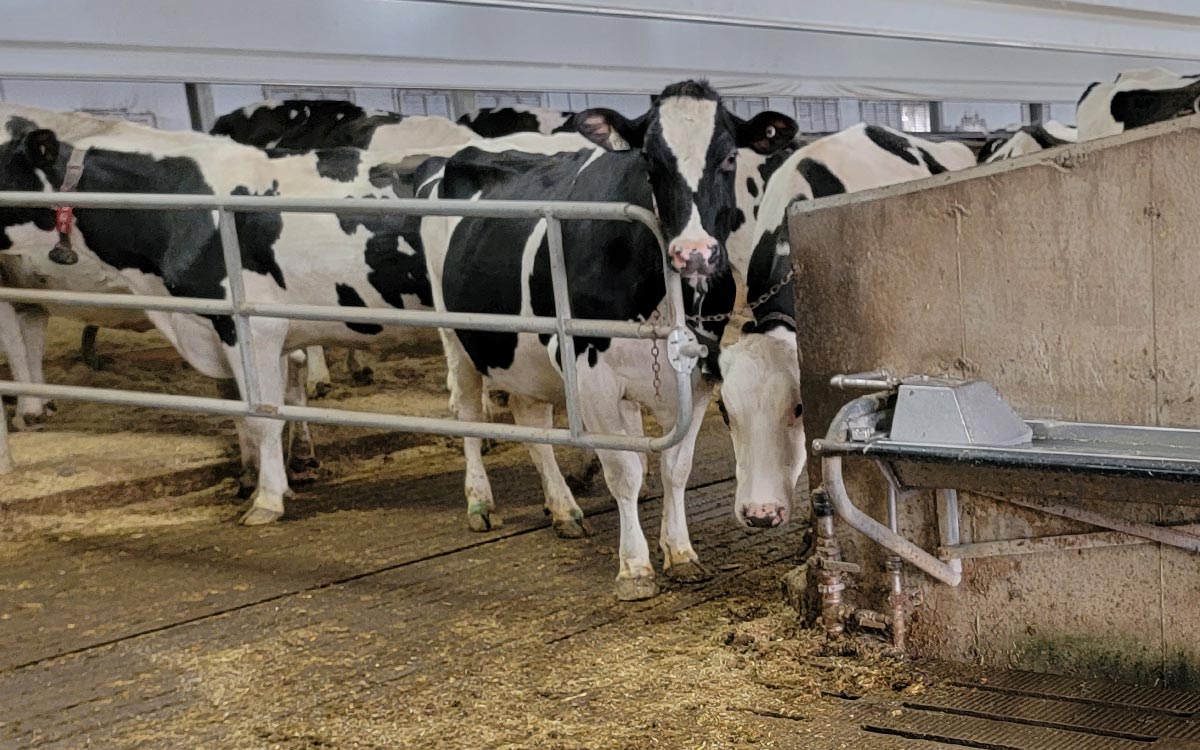Dry skin in cattle can be irritating and symptomatic, making the animal more vulnerable to infection. Thus, it’s essential to treat it as quickly as possible.
To get rid of dry skin in cattle, provide minerals, reconditioning products, and hydration. Dry skin is likely caused by nutrient deficiency, dandruff, or extreme heat, so these remedies not only treat the causes but also ensure healthier skin in the future.
Skin care is an important yet overlooked aspect of cattle care. However, you can address it by getting rid of dry skin in your cattle, which this article will help you with.
1. Provide Zinc and Vitamin A Supplements to Your Cattle
![[B208]-How-To-Get-Rid-of-Dry-Skin-on-Cattle1 The benefits of vitamins and minerals are not restricted to humans. When it comes to cattle, these micronutrients are essential for:<br />](http://cdn-5d2e57e3f911c80ef4a235f4.closte.com/wp-content/uploads/2022/12/B208-How-To-Get-Rid-of-Dry-Skin-on-Cattle1.png)
The benefits of vitamins and minerals are not restricted to humans. When it comes to cattle, these micronutrients are essential for:
Many feed producers incorporate these elements into their formulas, so be sure to check if your feed contains the necessary nutrients. My advise is to contact your local nutritionist and discuss your observations.
You can add supplements if your feed doesn’t meet the cattle’s requirements. Cattle need 30.0 ppm of zinc (usually fulfilled by supplements) as these animals have a hard time absorbing zinc.
As for vitamin A, the daily requirement is 15,000 to 30,000 international units (IU) per day. You can meet that with the help of supplements. However, other sources provide this essential vitamin.
Fresh grass is also abundant in vitamin A, so you should let your cattle graze away. Additionally, relying solely on feed isn’t a good idea because the vitamin can deteriorate while the feed is in storage.
2. Protect Your Cattle from Heat Stress
![[B208]-How-To-Get-Rid-of-Dry-Skin-on-Cattle2 Dry skin could indicate heat stress, so you should deal with it immediately before it affects your cattle any further.<br />](http://cdn-5d2e57e3f911c80ef4a235f4.closte.com/wp-content/uploads/2022/12/B208-How-To-Get-Rid-of-Dry-Skin-on-Cattle2.png)
Dry skin could indicate heat stress, so you should deal with it immediately before it affects your cattle any further.
Here are a few ways to care for your cattle during periods of extreme heat:
Always observe for signs of extreme heat stress, such as panting. If your livestock shows any signs, seek veterinarian help ASAP.
3. Get on Top of Lice Breakouts
![[B208]-How-To-Get-Rid-of-Dry-Skin-on-Cattle3 Cattle can get lice, which can cause dandruff or flaky skin if left untreated and become severely uncomfortable. The itchiness caused by lice can make the animals scratch and rub against different surfaces, like trees or fences. The abrasion can lead to a coat or skin that looks dry and scaly.<br />](http://cdn-5d2e57e3f911c80ef4a235f4.closte.com/wp-content/uploads/2022/12/B208-How-To-Get-Rid-of-Dry-Skin-on-Cattle3.png)
Cattle can get lice, which can cause dandruff or flaky skin if left untreated and become severely uncomfortable. The itchiness caused by lice can make the animals scratch and rub against different surfaces, like trees or fences. The abrasion can lead to a coat or skin that looks dry and scaly.
Thus, for the health and comfort of your cattle, take lice breakouts seriously and seek immediate treatment for your cattle. You should also use preventative measures to keep your herds lice-free in the long term.
Here are a few ways you can deal with lice in your cattle:
4. Deal with Cattle Dandruff
![[B208]-How-To-Get-Rid-of-Dry-Skin-on-Cattle4 Cattle also suffer from dandruff, which is linked to flaky, dry skin. There are several ways to deal with cattle dandruff in show cows:<br />](http://cdn-5d2e57e3f911c80ef4a235f4.closte.com/wp-content/uploads/2022/12/B208-How-To-Get-Rid-of-Dry-Skin-on-Cattle4.png)
Cattle also suffer from dandruff, which is linked to flaky, dry skin. There are several ways to deal with cattle dandruff in show cows:
Dandruff may also be caused by lice, so treating the lice will also help eliminate dandruff.
5. Apply Oil on Dry Cattle Skin
![[B208]-How-To-Get-Rid-of-Dry-Skin-on-Cattle5 A simple solution to dry skin is applying mineral oil on the cattle, especially during premature seasonal shedding, which is when the animal starts shedding its winter coat before the season ends.<br />](http://cdn-5d2e57e3f911c80ef4a235f4.closte.com/wp-content/uploads/2022/12/B208-How-To-Get-Rid-of-Dry-Skin-on-Cattle5.png)
A simple solution to dry skin is applying mineral oil on the cattle, especially during premature seasonal shedding, which is when the animal starts shedding its winter coat before the season ends.
This causes itching and discomfort, as well as dry skin. You can apply oil to alleviate the symptoms while waiting for the coat to shed entirely, which should solve the problem.
6. Seek Veterinary Care for the Cattle
![[B208]-How-To-Get-Rid-of-Dry-Skin-on-Cattle6 A simple solution to dry skin is applying mineral oil on the cattle, especially during premature seasonal shedding, which is when the animal starts shedding its winter coat before the season ends.<br />](http://cdn-5d2e57e3f911c80ef4a235f4.closte.com/wp-content/uploads/2022/12/B208-How-To-Get-Rid-of-Dry-Skin-on-Cattle6.png)
In some cases, dry skin may be symptomatic of more serious conditions, so you must arrange immediate treatment for the underlying condition.
However, you’ll need professional advice from a vet to get an accurate diagnosis, which will enable you to provide your cattle with effective treatment. Thus, if your cattle display other grave symptoms besides dry skin, immediately bring them to an animal health expert.
These are some conditions that may cause dry skin:
As you can see from the example conditions, lactating cattle can often experience dry teats. Thus, if you are milking your cattle, take care of their teats and protect them against the elements and skin conditions through proper dipping procedures where necessary.
7. Treat Tick Infestations
![[B208]-How-To-Get-Rid-of-Dry-Skin-on-Cattle7 Tick infestations in cattle can cause itchy skin lesions and dry, flaky skin if left untreated. Here are a few ways to treat tick infestations:<br />](http://cdn-5d2e57e3f911c80ef4a235f4.closte.com/wp-content/uploads/2022/12/B208-How-To-Get-Rid-of-Dry-Skin-on-Cattle7.png)
In some cases, dry skin may be symptomatic of more serious conditions, so you must arrange immediate treatment for the underlying condition.
However, you’ll need professional advice from a vet to get an accurate diagnosis, which will enable you to provide your cattle with effective treatment. Thus, if your cattle display other grave symptoms besides dry skin, immediately bring them to an animal health expert.
These are some conditions that may cause dry skin:

Hoof Disease Reference Chart
Sources
- University of Georgia Extension: Mineral Supplements for Beef Cattle
- Agriculture Victoria: Caring for animals during extreme heat
- UC Davis Veterinary Medicine: Lice Infestation in Cattle
- Canadian Cattlemen: Itchy cattle? It may not be lice
- National Animal Disease Information Service: Skin Conditions in Cattle Non-Parasitic
- Northern Territory Government: Cattle Ticks
- CRT: Cattle Tick Treatments Should Happen Now – 5 Tips to Plan Your Approach
- Department of Agriculture and Fisheries: Procedures for the Use of Chemical Treatments on Cattle Tick Carriers




